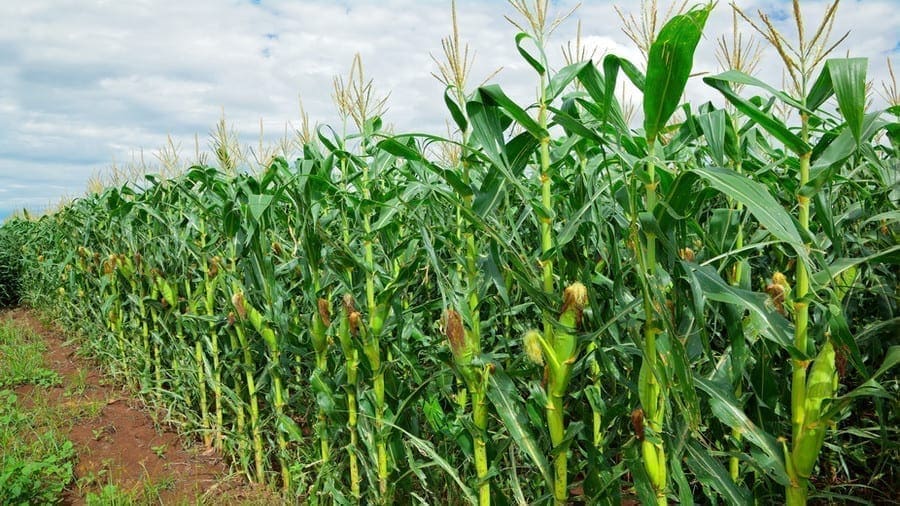ZIMBABWE – Zimbabwe experienced a substantial decrease in meat production during the third quarter of last year.
Official figures from the Ministry of Agriculture, Mechanisation and Irrigation Development, said cattle and pig slaughters were down eight and 10 percent respectively during the third quarter of 2017 from the prior comparable period.
Sheep and goat slaughters were down 14 percent.
The decline in slaughters was attributed to “farmers withholding stock, following improved grazing conditions, as well as improved viability for pig farmers.”
A total 215 499 cattle were slaughtered during the third quarter of 2016, compared to 197 457 last year, while 126 202 pigs were slaughtered in 2016, compared to 113 770 last year.
About 9 800 sheep and goats were slaughtered in 2016, compared to 17 143 in 2017.
Data from the Ministry of Agriculture shows that — on quarterly basis — cattle slaughters at formal abattoirs increased marginally, from 67 813 head in the second quarter to 68 876 head in the third quarter of 2017.
Despite the slight quarter-to-quarter increase, cattle slaughters generally remained below the 2016 levels. At 68 876 head, third quarter slaughters declined significantly from 76 650 head in 2016.
The Cold Storage Company (CSC) accounted for about 6 percent of formal cattle slaughters during the third quarter of 2017.
Meanwhile, pig slaughters declined from 39 826 in the second quarter of 2017, to 35 942 during the third quarter.
Compared to the same period in 2016, the 2017 third quarter slaughters were 16,8 percent lower.
The decline in pork output last year was attributed to “the de-stocking of parent material by farmers facing viability challenges.”
The country’s livestock industry has also been affected over the years by a general lack of support for smallholder livestock farmers.
A study carried out by the International Crops Research Institute for the Semi-Arid Tropics showed that more than 75 percent of smallholder farmers in Zimbabwe depend on crop-livestock farming and use cereal crop residues to supplement livestock feed.
“The residue is low in nutrition and inadequate to maintain animal health during dry periods, affecting household nutrition and bringing down the market value of livestock,” reads part of the study.
Lack of market access, prolonged dry season, livestock death, and poor income are key challenges faced by smallholder farmers and climate change is threatening agricultural productivity.”
The Herald









